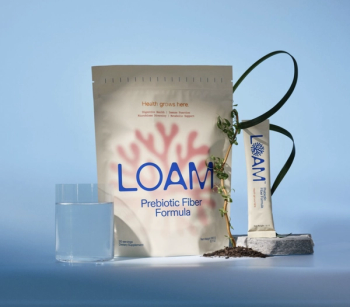
|Slideshows|March 4, 2020
Where are consumers shopping for dietary supplements in 2020?
Author(s)Kimberly J. Decker
A look at the trends and complexities shaping-or reshaping-dietary supplement retail.
Advertisement
Newsletter
From ingredient science to consumer trends, get the intel you need to stay competitive in the nutrition space—subscribe now to Nutritional Outlook.
Advertisement
Advertisement
Advertisement
Trending on Nutritional Outlook - Supplement, Food & Beverage Manufacturing Trends
1
Artemis International: 30 Years of Science-Backed Berry and Botanical Innovation
2
New LOAM prebiotic fiber formula includes NutriLeads’ Benicaros ingredient
3
Certifications, Clinical Trials, and Consumer Trust: How SGS NutriSource Serves the Industry
4
A Leader for the Times: NOW Health Group's Jim Emme on Thoughtful Leadership
5





